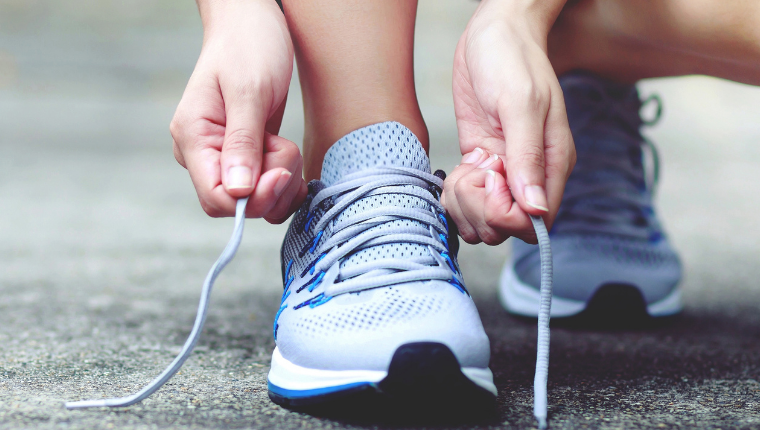How to Become a Runner
May 25, 2022 | by BMI Staff
The first Wednesday of June is National Running Day, and we are here to share all of the benefits that come with running, the potential risks you should protect yourself against, and how anyone can get started with this life-improving exercise, today.
The Benefits of Running
Running has many health benefits, including reducing one’s risk for cardiovascular disease. Running for only 10 minutes per day cuts the risk of cardiac-related death in half. Incorporating this exercise into your routine will also lower your resting heart rate, which allows your heart to pump more efficiently and reduces excess strain.
In addition to heart health, running also improves sleep quality, resulting in a deeper and more refreshing rest. If arthritis or back pain runs in your family, taking up running lowers the risk of both and has a proven positive impact on knee and back health. Running for 30 minutes will boost your immune system, as well. The next time you feel a cold coming on, take a jog and experience your body’s natural response to aerobic exercise.
Running can even improve one’s short- and long-term memory. Partaking in this aerobic exercise routinely enlarges one’s hippocampus, which is the area of the brain that controls both learning new things and retaining information.
Running will improve your overall mood. It might not be the most enjoyable activity at first–exercise is always a chore, especially when starting out–but this kind of exercise releases endorphins, which are the feel-good chemicals that brighten one’s day well after the exercise has concluded.
The Risks of Running
With all of the incredible benefits that running can bring to your daily life, it is important to be aware of the risks as well. Running can be hard on the joints, especially when running on uneven or rocky terrain. If you are overweight or have any health problems that impact your joints, such as arthritis, sciatica, or disk problems in your lower back, the risk of running is higher. Talk to your doctor about a running plan that will work for you or about possible aerobic alternatives that will be safer.
How to Start Running, Today
Running may seem pretty straight forward when compared to those complicated machines at the gym; however, there are quite a few considerations to make before strapping on your shoes and setting off. Seemingly small things, such as incorrect shoes, clothes, or technique, can result in injury. Always make sure to include a warm up prior to running and a cool down once you’re finished. This will ease your muscles in and out of an otherwise jarring experience. Wear sunscreen when running outdoors, and be aware of your surroundings.
When embarking on your running journey, start out slow and short with the intention of gradually increasing both your endurance and pace over time. Don’t push yourself too hard, or you may risk injury and/or burn-out. Instead, pick a distance that feels realistic to you and maintain a slow pace at which you could hold a conversation. Listen to your body as you navigate this new routine, and remember that there are no rules to running. Do what feels good to you, and you will experience all of the benefits that this exercise brings with it. Happy National Running Day!









